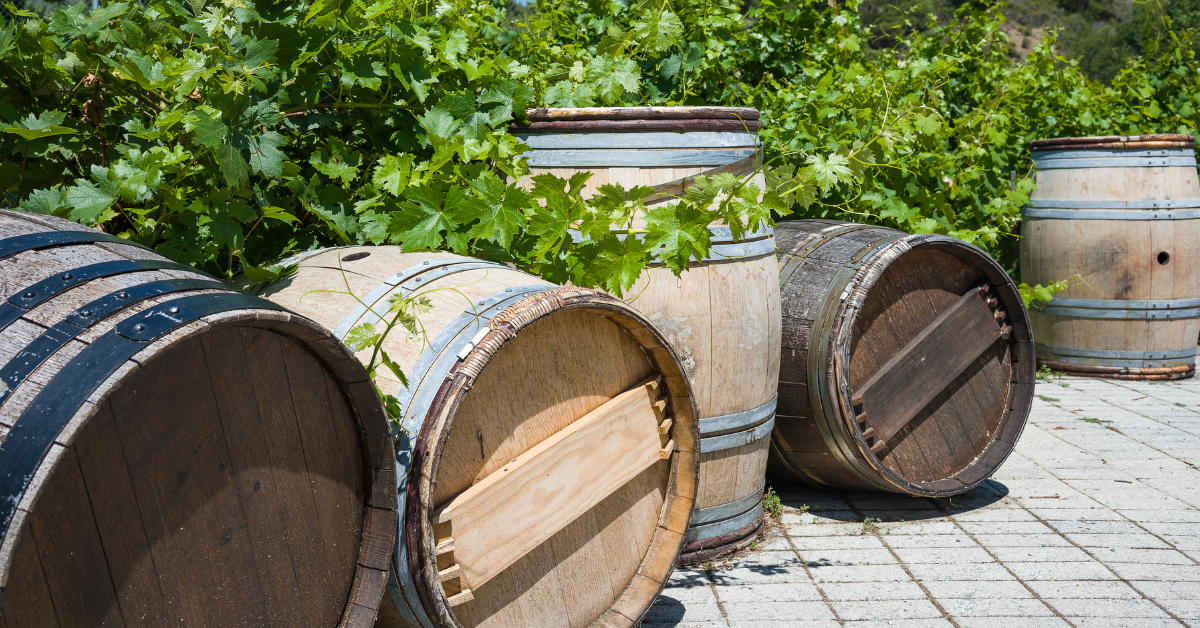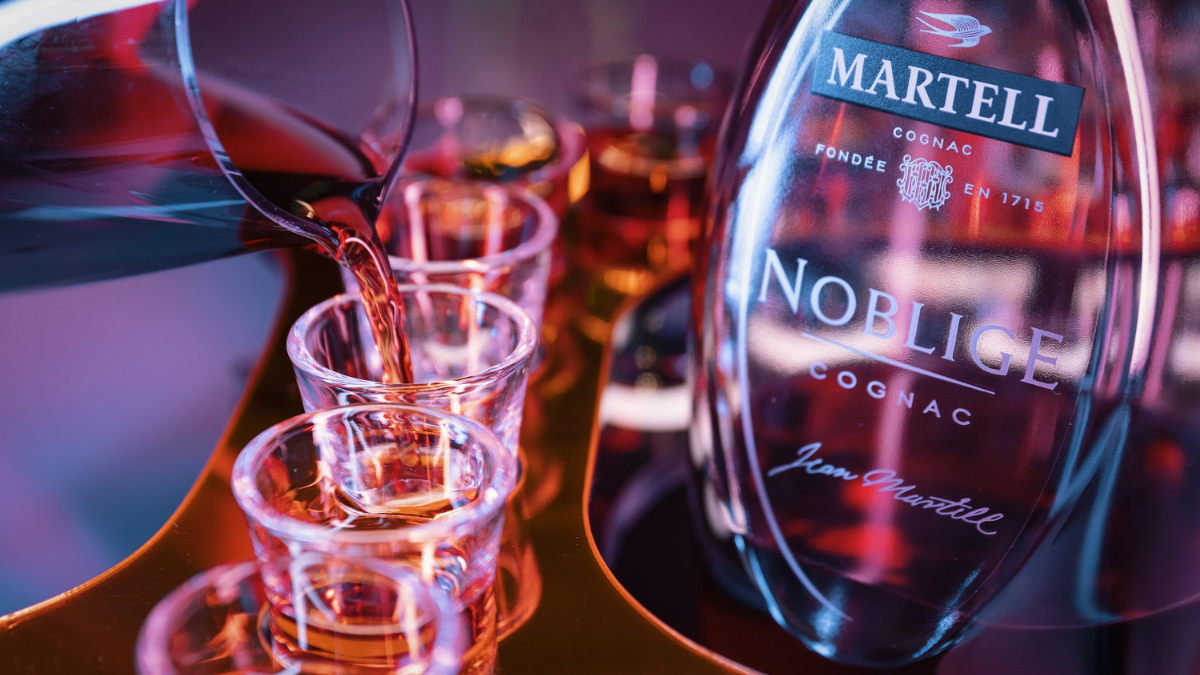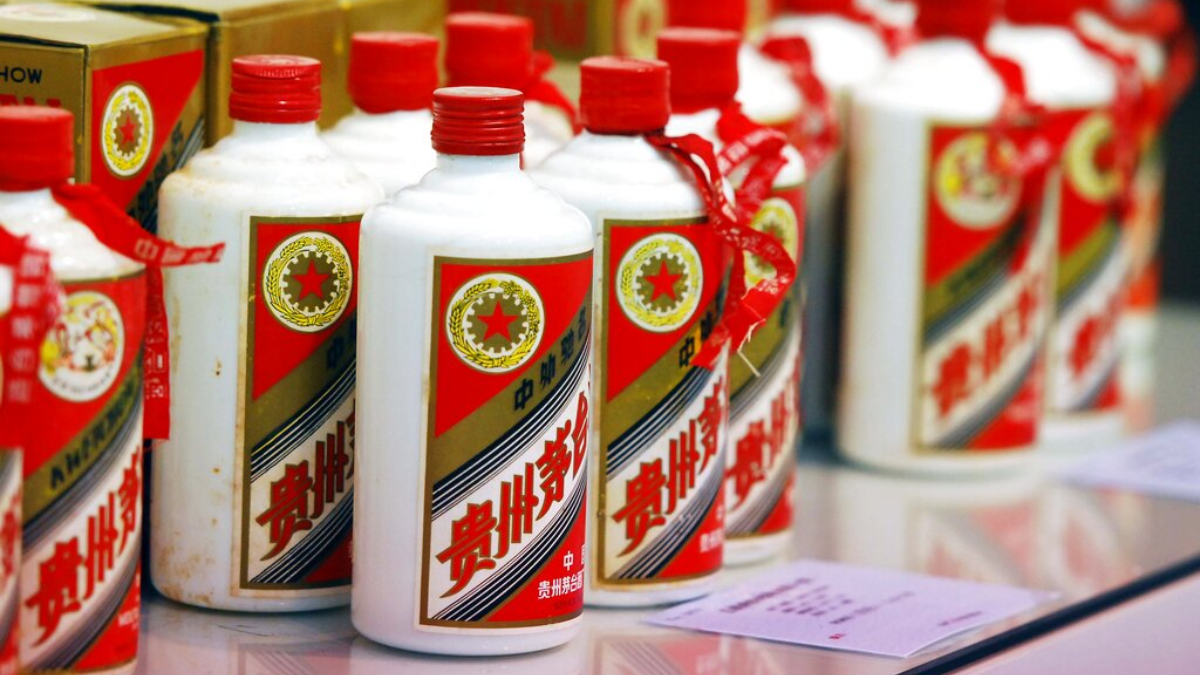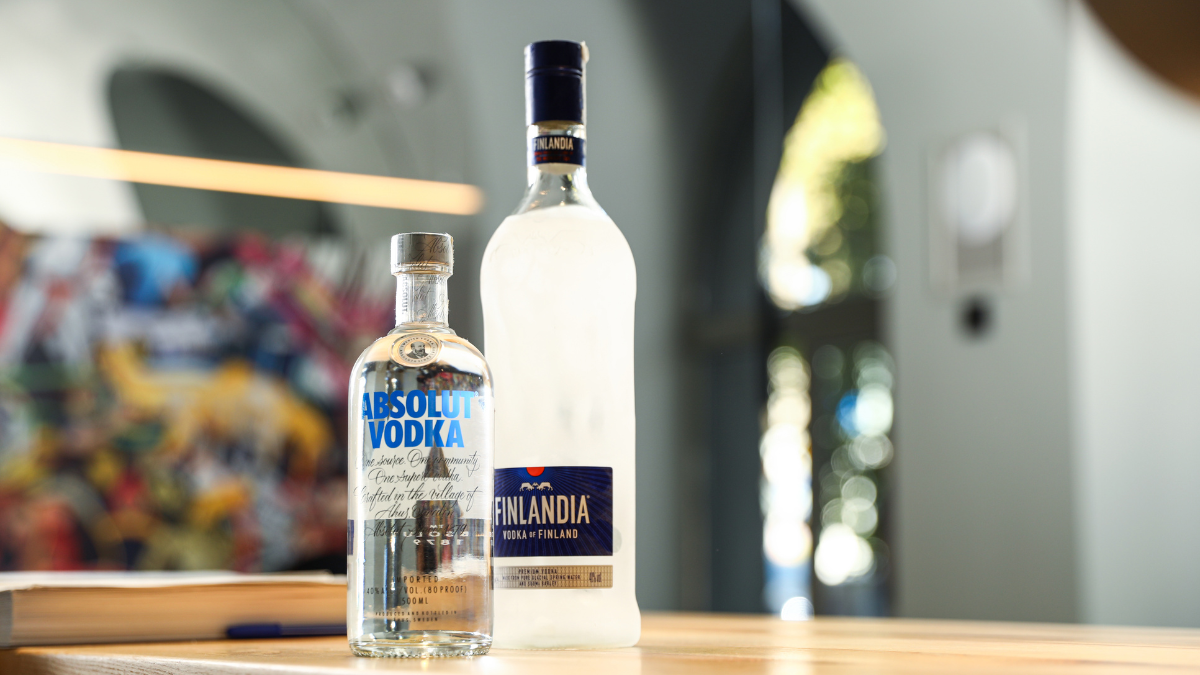Italy is a country with a long and rich history of winemaking, producing some of the most famous and sought-after wines in the world. From the rolling hills of Tuscany to the sun-drenched slopes of Sicily, the country boasts a diverse range of terroirs, each contributing to the unique character and flavor of the wines produced there.
In this article, we’ll take a journey through Italy’s renowned wine regions, exploring the rich terroir and unique varietals that make each region so special.
Tuscany
Tuscany is perhaps the most famous wine region in Italy, known for producing some of the country’s most iconic wines. The region is located in central Italy, stretching from the Apennine Mountains to the Tyrrhenian Sea. Tuscany is known for its hilly landscape, Mediterranean climate, and stony soil, which create the perfect environment for growing Sangiovese grapes, the most widely planted grape variety in the region.
The Sangiovese grape is the backbone of Tuscan wines, and it is used to produce some of Italy’s most famous wines, including Chianti, Brunello di Montalcino, and Vino Nobile di Montepulciano. Chianti is perhaps the most famous of these wines and is produced in the Chianti region, located between Florence and Siena. Chianti is a medium-bodied wine with a bright acidity and notes of cherry, red currant, and spice. Some of the most famous Chianti wine brands include Antinori, Castello di Ama, and Felsina.

Brunello di Montalcino is another famous Tuscan wine and is produced in the town of Montalcino, located south of Florence. This wine is made from 100% Sangiovese grapes and is aged for at least four years before release, resulting in a full-bodied wine with notes of black cherry, leather, and tobacco. Some of the most famous Brunello di Montalcino wine brands include Banfi, Biondi Santi, and Il Poggione.
Vino Nobile di Montepulciano is produced in the town of Montepulciano, located southeast of Siena. This wine is made from Sangiovese grapes, along with small amounts of other local grape varieties. Vino Nobile di Montepulciano is aged for at least two years before release, resulting in a wine with a full body, velvety tannins, and notes of black cherry, plum, and spice. Some of the most famous Vino Nobile di Montepulciano wine brands include Avignonesi, Boscarelli, and Poliziano.
Piedmont
Piedmont is a region in northern Italy that is known for producing some of Italy’s most prestigious wines. The region is located at the foot of the Alps and is characterized by its rolling hills and fertile soil, which are ideal for growing grapes. The primary grape variety grown in Piedmont is Nebbiolo, which is used to produce some of Italy’s most famous wines, including Barolo and Barbaresco.
Barolo is often referred to as the “king of wines” and is produced in the town of Barolo, located in the Langhe region of Piedmont. Barolo is made from 100% Nebbiolo grapes and is aged for at least three years before release, resulting in a full-bodied wine with notes of cherry, licorice, and truffle. Some of the most famous Barolo wine brands include Giuseppe Mascarello, Marchesi di Barolo, and Vietti.
Barbaresco is another famous Piedmontese wine, produced in the town of Barbaresco, located in the same Langhe region as Barolo. Like Barolo, Barbaresco is made from 100% Nebbiolo grapes, but it is aged for a shorter period of time, resulting in a wine with softer tannins and notes of red cherry, violets, and spices. Some of the most famous Barbaresco wine brands include Produttori del Barbaresco, Gaja, and Bruno Giacosa.
Valpolicella
Valpolicella is a wine region located in the Veneto region of northeastern Italy, near the city of Verona. The region is known for producing rich and robust red wines, with the primary grape varieties being Corvina, Rondinella, and Molinara. The most famous wine produced in Valpolicella is Amarone della Valpolicella, a full-bodied wine made from partially dried grapes.
Amarone della Valpolicella is made using a unique technique called appassimento, in which the grapes are left to dry on straw mats for several months before being pressed. This process concentrates the flavors and sugars in the grapes, resulting in a wine with a high alcohol content and notes of dried fruit, chocolate, and spice. Some of the most famous Amarone della Valpolicella wine brands include Allegrini, Masi, and Tommasi.
Sicily
Sicily is the largest island in the Mediterranean Sea and is located off the southern coast of Italy. The island has a long history of winemaking, with the Greeks introducing grapevines to the island over 2,000 years ago. Today, Sicily is known for producing some of Italy’s most exciting and unique wines, with the primary grape varieties being Nero d’Avola, Catarratto, and Grillo.
Nero d’Avola is the most widely planted grape variety in Sicily and is used to produce full-bodied red wines with notes of blackberry, cherry, and spice. Some of the most famous Nero d’Avola wine brands include Planeta, Tasca d’Almerita, and Donnafugata.
Catarratto and Grillo are white grape varieties that are used to produce crisp and refreshing white wines. Catarratto is the most widely planted grape variety in Sicily and is used to produce wines with notes of citrus and tropical fruit. Grillo is a more aromatic grape variety, with notes of pear, apple, and almond. Some of the most famous Catarratto and Grillo wine brands include Duca di Salaparuta, Feudo Maccari, and Cusumano.
Conclusion
Italy’s wine regions are as diverse and varied as the country itself, each offering its own unique terroir and grape varieties. From the rich and robust red wines of Piedmont and Valpolicella to the crisp and refreshing whites of Sicily, there is a wine for every palate in Italy. Whether you’re a seasoned wine connoisseur or just starting to explore the world of wine, a journey through Italy’s renowned wine regions is an experience not to be missed.
Also read about the 5 Wine Trends To Watch In 2023








